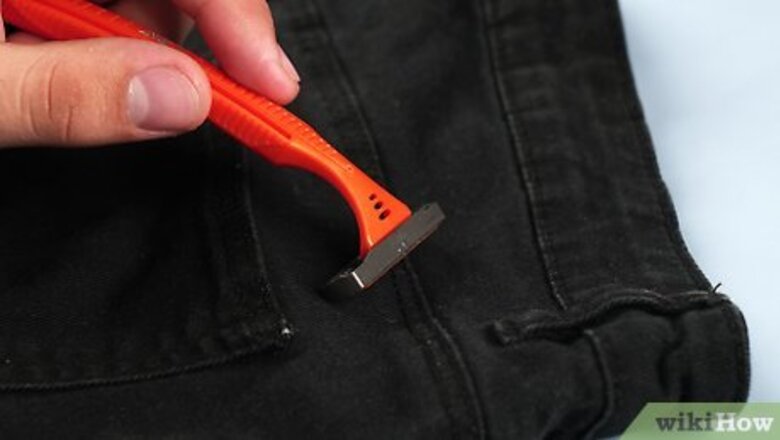
views
X
Research source
While pilling is an inevitable part of owning clothes, you don’t have to put up with it. We’ll walk you through a variety of different ways to get rid of these lint and fuzz balls on your clothes, including easy remedies using items you likely already have at home. Want to prevent pilling from happening in the first place? We’ve got you covered there, too.This article is based on an interview with our laundry and cleaning specialist, Rani Gorgis, owner of Park Blvd Laundry & Dry Cleaners. Check out the full interview here.
Removing Pilling
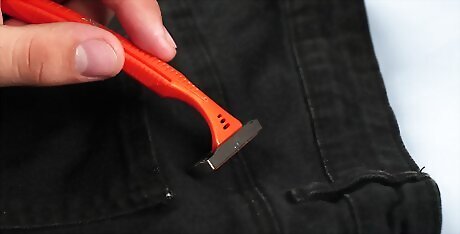
Remove pills with a disposable razor. Lay the garment on a flat surface, pulling the fabric near the affected area taut with one hand. Gently shave upward with the razor in small strokes—start with the lightest contact possible and increase as necessary. Pulling the fabric taut prevents you from cutting through the garment. Once you’ve accumulated a pile of fabric pills, use tape to remove them from the fabric. Wrap a large loop of packing tape around your closed fingers (sticky side out) to lift them up. Always use a sharp, new razor, which will most effectively remove the pills. Avoid using shaving razors that have moisture strips or soap bars on either side, as this will likely cause more pilling when rubbed against the fabric.
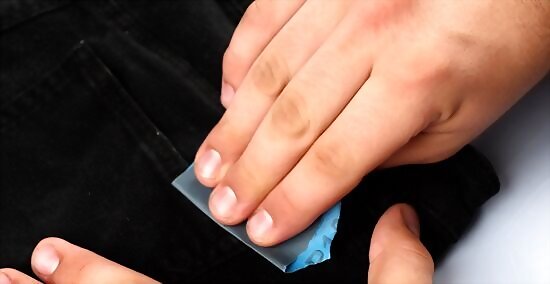
Rub over the fabric with sandpaper. Grab a leftover sheet of sandpaper lying around your home—any grit will do. Then, lightly and carefully guide the sandpaper over the pilled surface of the fabric. In no time at all, those pesky pills will be history! You can also use a sandpaper sponge to accomplish the same thing.
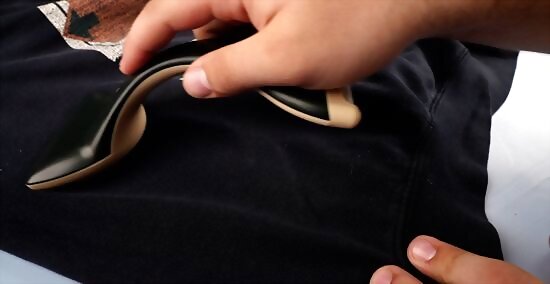
Go over the fabric with a lint brush or lint roller. Work the lint brush over the surface of the fabric, removing the pills from the material as you go. A lint roller also works well for this—simply guide the roller over the surface to get rid of the pills.
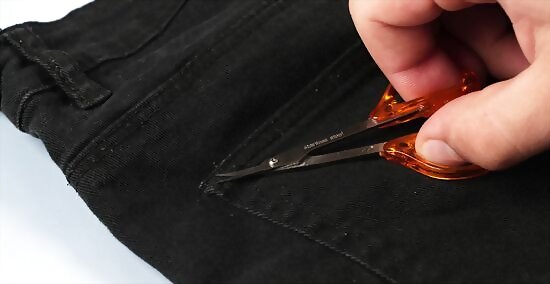
Trim away the pills with nail scissors. Lay the garment out on a flat surface, like an ironing board or your bed. Using a pair of nail scissors, pull the fabric so it’s taut and carefully trim away each pill without snipping the fabric in the process. Make sure to hold the scissors close to the fabric. Work gently and slowly, so you don’t damage the material.
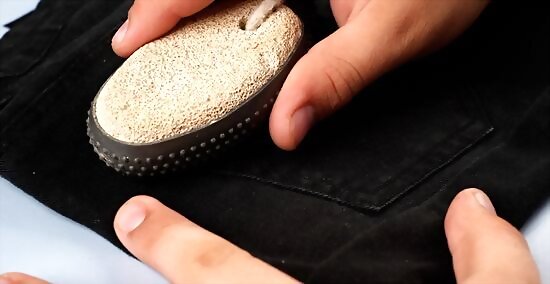
Try a pumice stone. Set out your pilled garment and rub a clean pumice stone over the affected portions of the fabric. The rough material of the stone makes it easy to remove pilling and lint from your clothes. A sweater stone (a stone designed specifically for removing sweater pills) can also work for this.
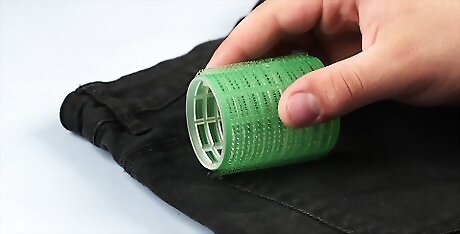
Pick off pills with Velcro hair rollers. Lay out the garment on a flat surface, setting the roller flat on the pilled area. Gently roll it over the material to lift and remove the pills from the fabric. From there, remove any pills caught in the roller and continue to any other affected areas of fabric. A strip of Velcro can also work well for removing pilling from fabric. Holding the Velcro hook-side down, carefully lift the fuzz balls up and off of your garment.
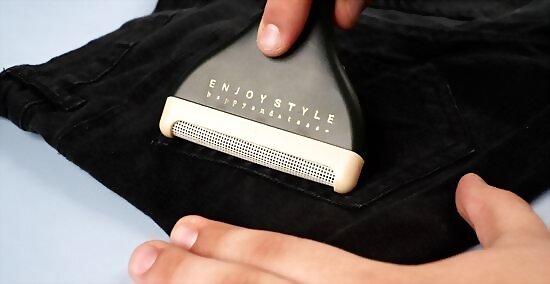
Go over the fabric with a sweater comb. Set your garment out on a flat surface and hold the comb over the pilled section of the fabric. Using short and quick strokes, hold the fabric taut and guide the comb in a single direction to gently scrape the pills off. A sweater comb is a small, fine-toothed comb made specifically for removing pilling. It’s different from a hair comb because the teeth are smaller and closer together.
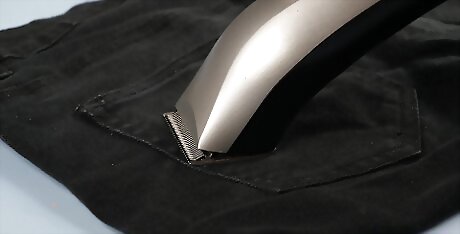
Clear away the pills with a fabric shaver. Set the garment out on a flat area and lightly guide the shaver over the fabric’s surface. Use light, gentle motions to get rid of the pilling without hurting the garment in the process.
Preventing Pilling
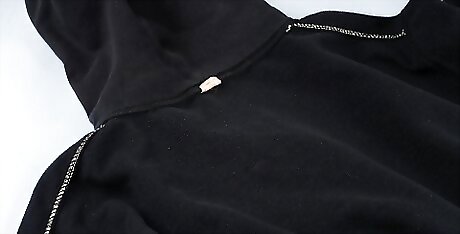
Turn your garment inside out before sticking it in the washer. When you turn your garments inside out, there’s a better likelihood that pills will develop on the “wrong” side of your garments. The pills will still be there, but only you’ll know about them.
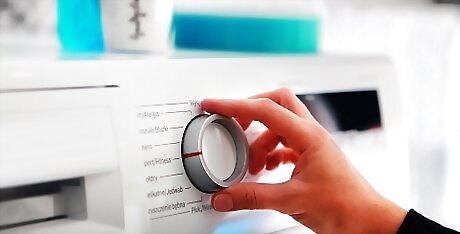
Machine-wash your clothes gently or hand-wash them. Use a delicate cycle when washing in the washing machine. Delicate cycles are shorter and gentler, causing less abrasion in the garments. It also helps to stick your garments in a wash net, especially if they’re on the delicate side (like a bra). Make sure the washer isn’t overfilled when you go to start your load, as an overstuffed washing machine can contribute to pilling.
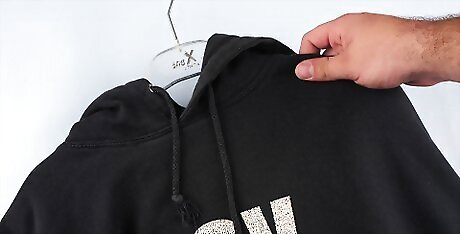
Air-dry your clothes rather than tumble-drying them. Whenever possible, hang your garments up to dry rather than using the dryer—this causes less abrasion to the fabric and prevents pilling. If you do tumble-dry your clothes, always use a low heat cycle.
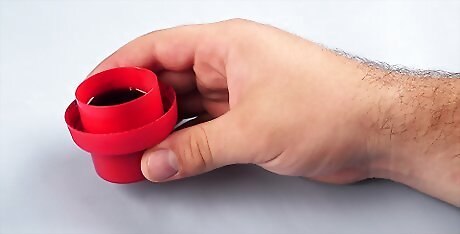
Use liquid detergent instead of powder. Powder detergent rubs against the fabric as it dissolves, which makes it more likely to cause pilling during the washing cycle—because of this, liquid detergents are the most gentle solution for delicate fabrics. Use the recommended amount of detergent that’s listed on the package, following your washer’s guidelines to pour it into the machine. Always use a gentle detergent for your wash cycles.
Add fabric softener to your loads. Follow the instructions on the container and pour the recommended amount into your washer (or the built-in tray/drawer that’s meant for fabric softener). Fabric softener helps lubricate your garments and can prevent the abrasion that leads to pilling.
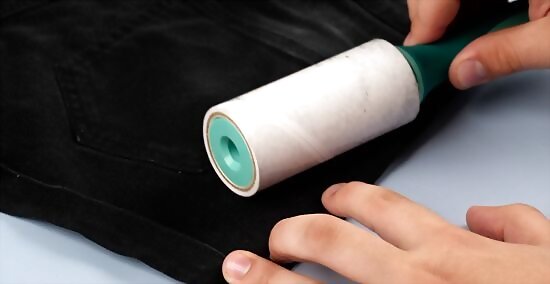
Brush your clothes regularly with a lint roller. Take some time to consistently brush delicate sweaters with a lint roller or lint brush. Consistently using a lint roller will prevent pills from accumulating on the fabric. Make a lint roller at home if you don’t have one on hand.
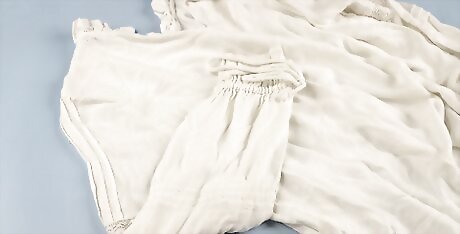
Opt for garments made with natural materials, like linen or silk. As a general rule of thumb, synthetic materials pill more often than other materials—in other words, fabrics like polyester, nylon, acrylic, and spandex are more likely to develop pills than clothes made with natural fibers like hemp, cashmere, and silk. Knitted garments are also common pilling offenders, along with materials like fleece, jersey, and wool. The tighter the fabric weave, the less likely it is to pill. That’s why garments like jeans almost never pill, while a knitted clothing item often develops tons of pills.
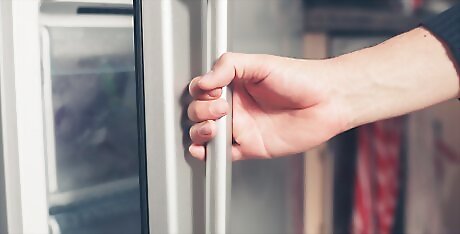
Stash your sweaters in the freezer. Believe it or not, people have found that storing their sweaters in the freezer rather than the closet helps keep their garments from shedding fibers and stops them from pilling. If you have enough room in your freezer, try sticking your sweaters in there and see if you notice a difference.


















Comments
0 comment